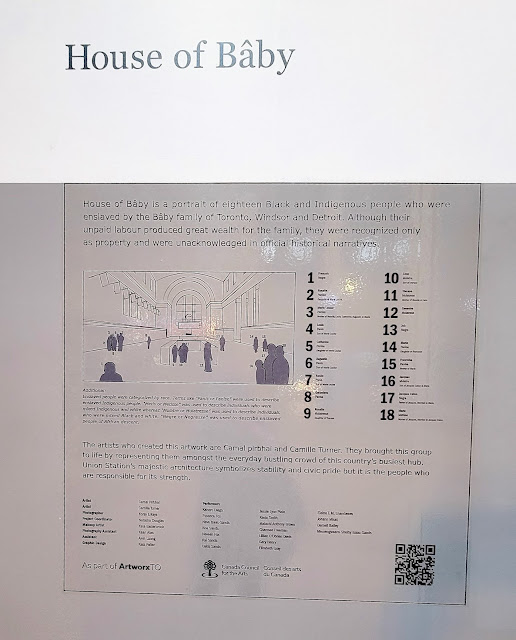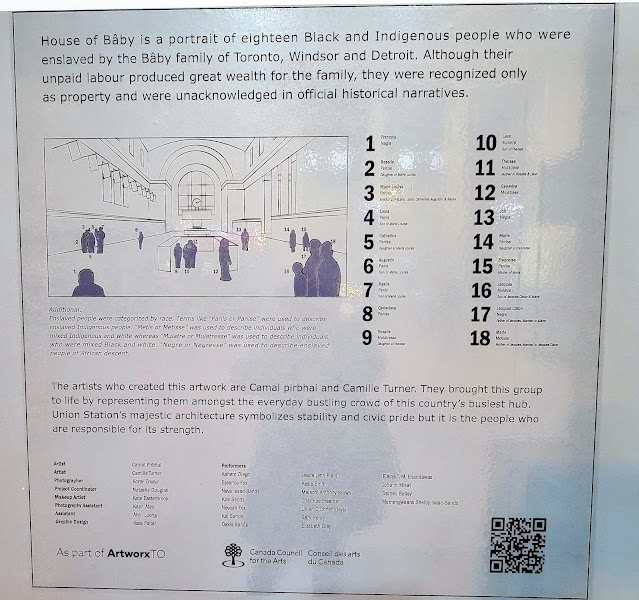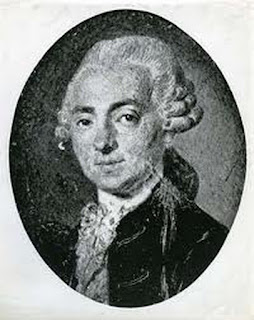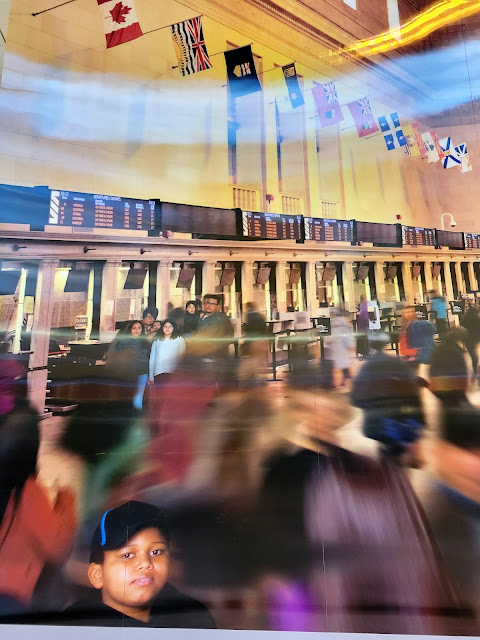Tom the backroads traveller hosts this weekly meme.
November 2021 - Toronto ON
I'm taking a break from Toronto Lanes to write about an interesting piece of Toronto history I came across this week at Union Station.
Last week I had posted about ArtworxTO Toronto's Year of Public Art 2021-2022.
This artwork imagines the group in our contemporary moment, no longer constrained by the past as property nor languishing in the obscurity of the archive. The artists, Camal Pirbhai and Camille Turner brought this group to life by representing them in this country’s busiest hub. Union Station’s majestic architecture symbolizes stability and civic pride but it is the people who are responsible for its strength.
“Metis or Metisse” was used to describe individuals who were mixed Indigenous and white whereas “Mulatre or Mulatresse” was used to describe individuals who were mixed Black and white. “Negre or Negresse” was used to describe enslaved people of African descent.
François Baby was born into an influential family of fur-traders. He was educated at the Collège des Jesuites at Quebec. He later joined the fur-trading profession with his brothers, working out of Montreal during the 1750s. In 1760, he was taken prisoner in England. He returned from France in 1763 to set up as a merchant at Quebec.
In 1773-74, Baby travelled to London as a defender of the constitutional proposals of Governor Carleton (1st Baron Dorchester), which were eventually adopted as the Quebec Act, 1774.
Baby’s resistance to the American invasion of 1775-76 and his political conduct thereafter led to his appointment, by Governor Haldimand, to the legislative council for the Province of Quebec in 1778. He lived the rest of his life on revenues from landed property, life annuities and government salaries.
Legislation was passed that protected the right of slave-owners to keep human property. James Baby — Francois’ nephew and an Upper Canada judge — was a vocal opponent of abolition.
According to a recent article by historian Gregory Whitmore, a Quaker visitor to Upper Canada in 1793 once noted that Francois Baby’s attitudes on slavery were akin to those of “many negro masters in the Southern States.”










This is fascinating. Thank you so much for the information and for sharing this at https://image-in-ing.blogspot.com/2021/11/more-monarchs.html
ReplyDelete...Jackie, you have assembled some fascinating history and Union Station is a gorgeous hal. Thanks for joining the party.
ReplyDeleteHard to beleive that all happened. Just bizarre. Interesting post.
ReplyDeleteVery meaningful.
ReplyDeleteHuman history's not all pretty. :-|
ReplyDeleteThat artwork however is AMAZING! It must have been something to see people coming out of that crowd and into focus. Oh wow!
Thank you for sharing this, Jackie. :)
Definitely imitations of life :)
ReplyDeleteThanks for sharing your link at My Corner of the World this week!